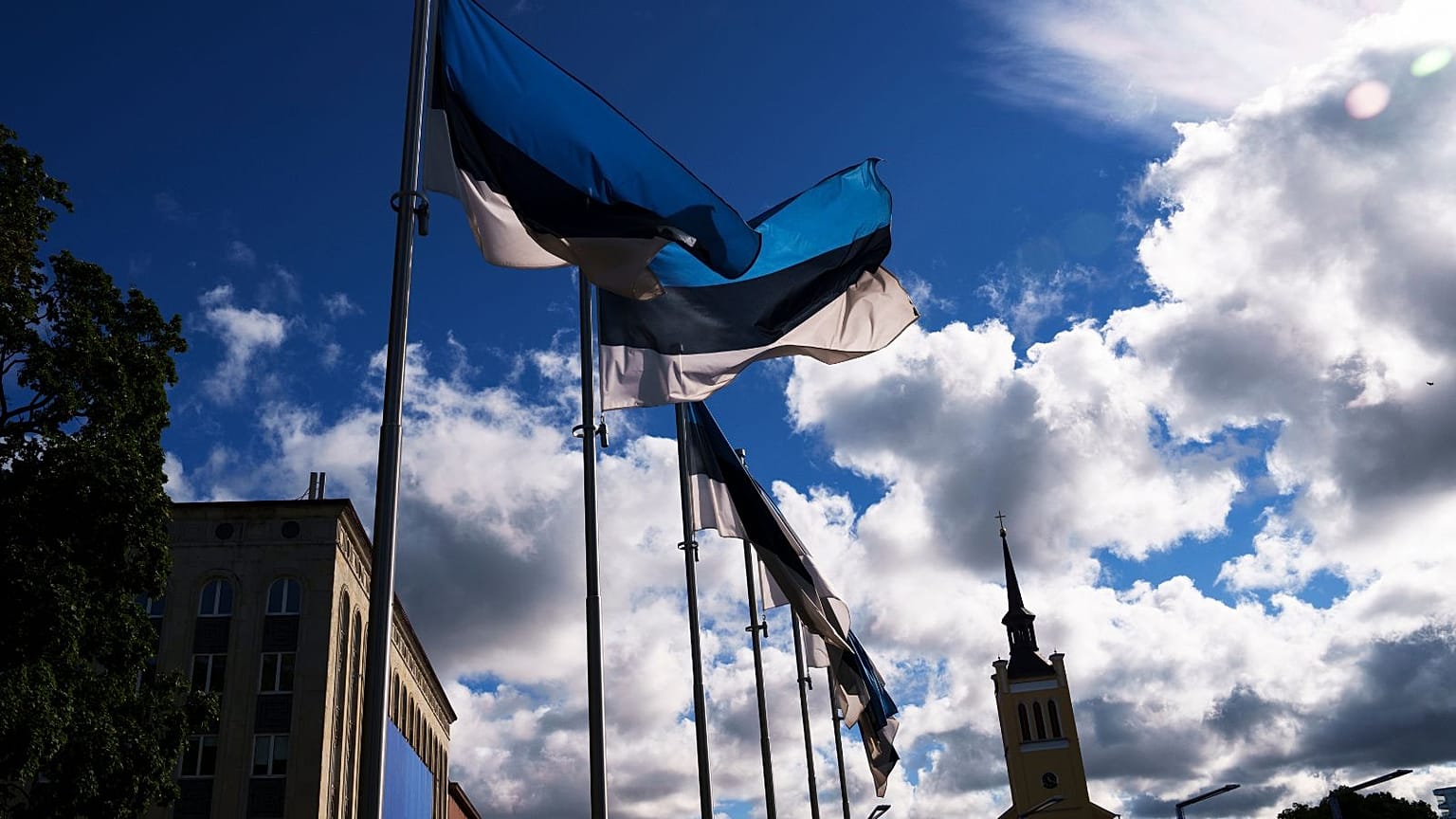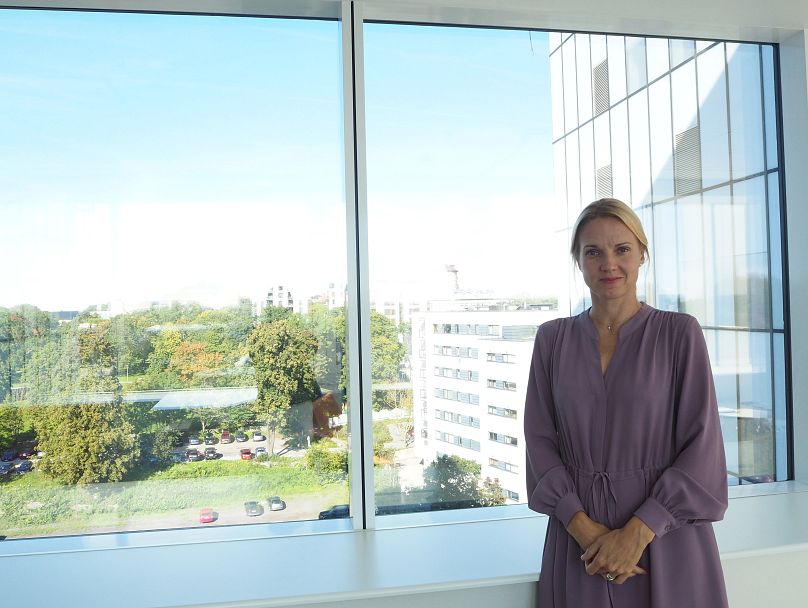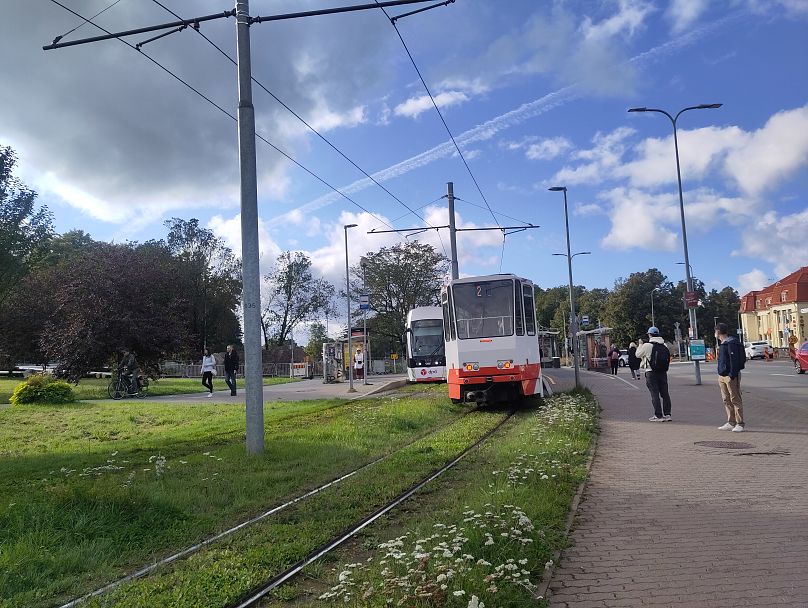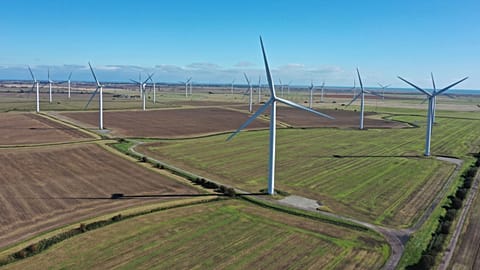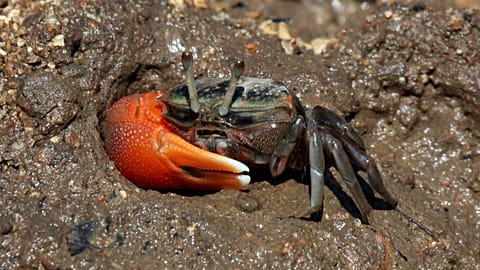From e-leader to green frontrunner, this ‘nature rich’ European nation is our Country of the Month for September.
All European countries are on unique journeys - some fast, some slow - to reach climate neutrality. But the nation we’re spotlighting in September is on a particularly unusual path.
You might be surprised to learn that Estonia ranks third in the world for cumulative emissions per population - having pumped out 1,394 tonnes of CO2 by 2021, according to analysis by Carbon Brief.
The small Baltic country’s copious reserves of oil shale have been a mixed blessing; granting it a high degree of energy independence while embedding a deeply carbon-intense legacy.
But Estonia is looking to leave its polluting ways (partly carved out under Soviet occupation) behind.
Russia’s invasion of Ukraine is accelerating Estonia’s green transition
Russia’s invasion of Ukraine in 2022 made clear that “we cannot have all our eggs in one basket in the energy sector,” Kristi Klaas, deputy secretary general for Green Transition at Estonia’s Ministry of Climate, tells Euronews Green.
The war has catalysed the country’s energy transition, but it was already well underway.
Under Prime Minister Kaja Kallas, Estonia committed (in 2021) to phase out oil sand production by 2040. And (in 2022) it pledged to hit 100 per cent renewable electricity by 2030 - a first among Central and Eastern European countries according to clean energy think tank Ember.
On a recent visit to the newly-formed climate ministry, we found out more about Estonia’s green ambitions and how it’s determined to reach them.
Estonia is launching a climate law
On 20 September, Estonia began the process of introducing a climate law - parting company with the minority of European countries which don’t yet have one.
It’s set to come into force on 1 January 2025, following a large public consultation and adoption by Parliament next year.
The law will underpin the country’s most challenging decisions, helping it to meet targets around the oil shale phaseout as well as much-needed investments in housing and transport.
“A huge progress in terms of political ambition” has helped make this possible, Klaas points out.
“I think that the past two years have been very, very exciting in terms of green transition in Estonia,” she says. PM Kallas took office in early 2021 with a promise to stop shale oil production by 2035 and reach carbon neutrality by 2050.
In March this year, the centre-right Reform Party leader was comfortably re-elected and her government promptly established a Ministry of Climate - expanding the scope of the former Ministry of the Environment to create Estonia’s “biggest” ministry.
Crucially, it covers all important sectors - giving it responsibility over around 70 per cent of all greenhouse gas related policies, explains Klaas.
From shale to gale: How Estonia is boosting renewables
Oil shale is an energy-rich sedimentary rock which is broken into fragments and heated to produce shale oil - a more carbon intensive process than normal oil extraction.
“What is very clear now,” says Klaas, “is that electricity produced from oil shale can never be competitive on the market, so it will always be more expensive. And it doesn't give us all the necessary energy security [needed after] the geopolitical developments in the neighbourhood.”
The good news is that homegrown renewables are putting Estonia in reach of its clean energy targets. “We’re aiming for a speedy uptake of renewable energy, especially wind and solar,” says Klaas.
The ministry has just completed an extensive audit around wind parks, seeking to accelerate their roll out - and energy companies are showing increasing interest in building them.
Next year will see Estonia’s biggest wind farm in Tootsi, Pärnu county come online, ready to meet around 8 per cent of Estonia’s annual electricity demand.
Estonia is collaborating with its Baltic Sea neighbours to harness more offshore wind energy too. The ‘EL-WIND’ project co-developed with Latvia is a major example of this, aiming to deliver 1GW of capacity by around 2030.
Rail Baltica: How is Estonia decarbonising transport?
Cross-border collaboration is also raising Estonia’s sustainable transport profile.
The Rail Baltica project is set to link Tallinn with the capitals of Latvia, Lithuania, Poland and Finland, extending high speed train travel across Europe by 2030.
It won’t only reduce the need for flights. The 870km railway should also cut congestion and air pollution in the region. As Klaas notes, around 1,500 trucks currently cross the Latvian-Estonian border every day, placing a great burden on the roads and “in terms of greenhouse gas emissions, a very heavy burden on the environment.”
With renewables fuelling only 11 per cent of transport as of 2021, it’s clear there’s still plenty of room for improvement in this sector.
Estonia plans to drive down its transport GHG emissions by further developing railways and public transport (free in Tallinn since 2013) and electrifying ferries and trains. An upcoming car tax will also tackle pollution from a different angle.
How is Estonia protecting its remarkable biodiversity?
For a country spanning a little over 45,000 square metres, Estonia is astonishingly nature-rich.
“We have a thousand bears, 400 lynxes and 200 wolves,” Klaas proudly tells me. “You wouldn’t have those big animals present in the country if nature was in poor condition.” In the wooded meadows of Laelatu to the west, just one square metre of earth has been found to support 76 different species of plant.
“Deep in Estonian’s hearts is the willingness to protect our nature and find ways to do it better,” she says.
The government has enshrined this love of nature with a commitment to place 30 per cent of the mainland and 30 per cent of the sea under protection by 2030 (up from 20.5 per cent) as per the Global Biodiversity Framework.
Klaas draws a comparison between Estonia’s digital success in the 1990s - earning itself the moniker e-Estonia - and people’s willingness to embrace green opportunities now.
“Of course, at the beginning there were also questions about whether it's profitable or whether it's doable,” she says. “But now we do see that we have been one of the frontrunners in digital transition and actually the [green] transition is quite the same.”
What is Euronews Green's country of the month?
Each month we highlight a European country that is advocating for climate, nature and the environment. Our Green Country of the Month can stand out for anything from eco-innovations to policy change.
These are our previous winners: Albania, Denmark, Iceland, Austria, Portugal and Spain.
If you’re feeling encouraged by a European government-led initiative in October - please do reach out to us on social media, either on Instagram or Twitter.















